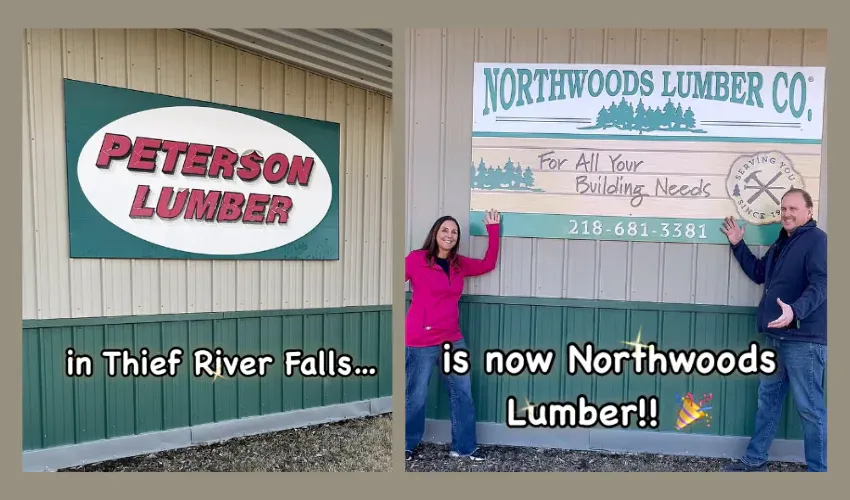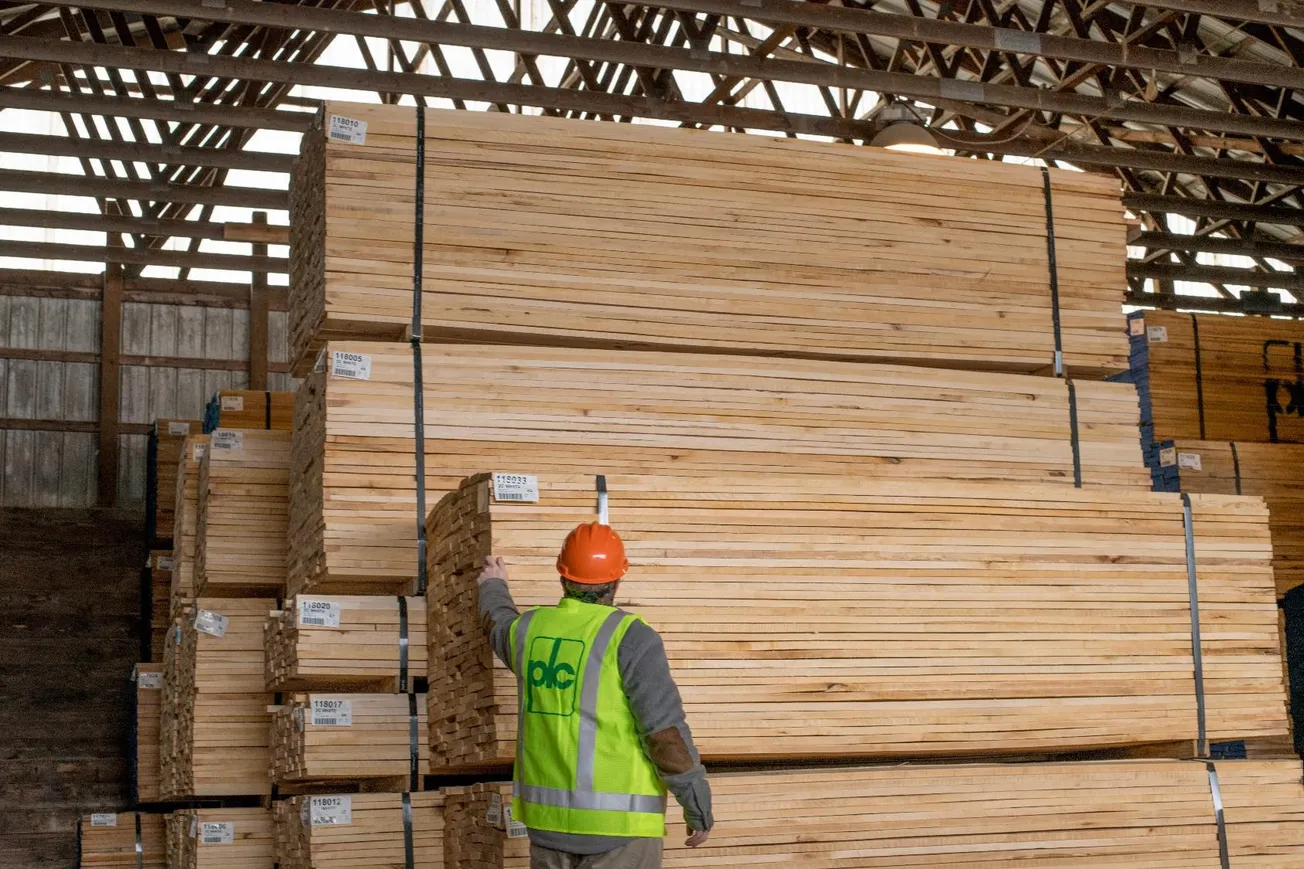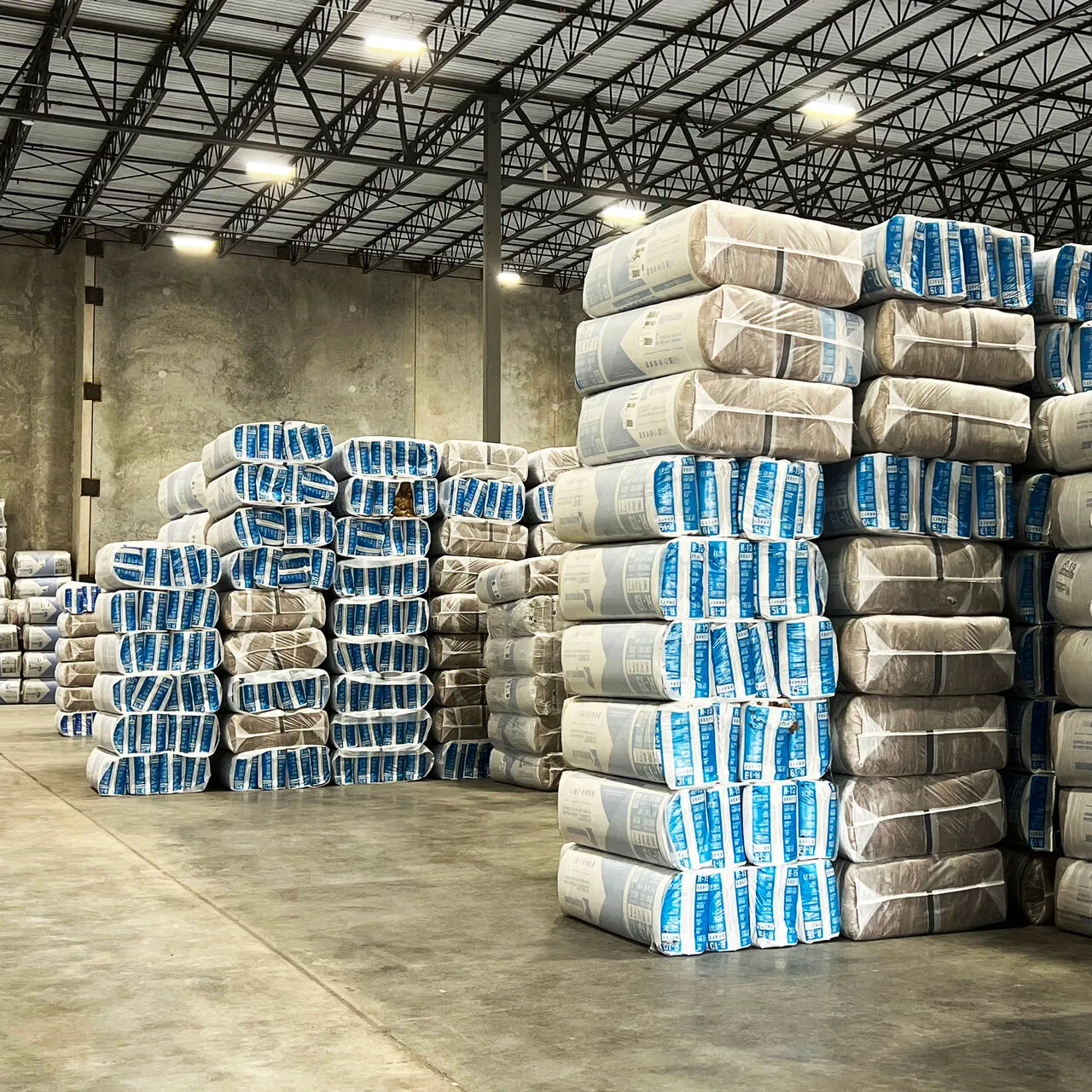Table of Contents
Here in Vancouver, B.C., we have an amusement park called Playland, where one of the main attractions is a rickety roller coaster that’s been in operation for more than 100 years. Thanks to the wooden construction, no matter how prepared you think you are for the dips and dives ahead, the ride delivers a different experience each and every time you board.
The wood industry is a lot like that wooden coaster. Those wobbles, bumps and quick turns that jostle the cars as they careen around the track remind me of some the obstacles we’ve had to navigate around since the public health crisis began: pricing, interruptions in production, staffing and transportation problems, weather, politics, customer and end-customer needs. And just when you thought you knew what the impact was going to be, it was no different than riding that coaster, which might jerk unexpectedly on a section of track where it didn’t before.
As an essential service, however, we don’t buckle under pressure and we don’t shy from challenges: we adapt and move forward.
Part of the reason we’re equipped to do that is because, well, we’re used to it. The pandemic added a new layer of complexity, but the industry has always faced temporary snags in the form of seasonal challenges, weather-related disruptions or economic fluctuations, to name a few. While we usually deal with these factors one at a time across different years, it seems like the pandemic dialed up all of them at the same time! We know how to respond when these events happen independently, and now we’re learning how to treat them when they happen in different combinations.
The level of interruption has been unprecedented but so, too, has the level of adaptability that sprang out of that: technology and innovation, new business models, stronger partnerships. When it’s all said and done, the pandemic wasn’t able to derail the industry. Instead, we’re stronger than we were a couple of years ago, and way more versatile.
Forward Momentum
That being said, where do we go from here? As always, the industry moves based on what the consumer needs. I’ve noticed three trends in particular emerging from the pandemic that I believe have implications for wood products going forward.
- Collective Reflection: Now that the worst is over, there’s time to consider questions such as ‘what caught us off guard?’ Or, ‘how could we have been better prepared?’ As we turn the microscope on ourselves, I think that’s going to spawn alternative ways of thinking about logistics. The conversation is going to turn to what can be done locally to avoid supply-chain snarls, along with other strategies for becoming less dependent on things that are easily disrupted. Folks are going to try to make sure that anything exposed as a vulnerability is addressed, while taking a long view to predict what else could happen.
Customers, meanwhile, are reflecting on what’s important to them. Turns out, that’s value and quality. It’s not about the cheapest price, but rather the best product.
- Collective Conscious: Hand in hand with the collective reflection taking place among companies and their customers is the interest in social issues that was rekindled, on many different levels, during the pandemic. What that means for our industry is that folks are not so quick to throw up something that’s not sustainable managed. They want good quality things, but they also want environmental neutrality. And it’s no longer solely about the product; people want to know if there’s a back story to go with it—is it sustainable? Is it helping First Nations groups to thrive? Is this new deck going to be reused or reclaimed 25 years from now or just dumped in a landfill? These are the kind of things that really matter now, and I’m proud to work with a firm that recognized the importance of sustainability, being stewards of the forest, and partnering with First Nations years ago, defining a higher standard. The opportunity is here for producers to really step up and feed this movement. Just about every development underway has a passive living aspect to it, and sustainable wood products are the way to achieve that.
- Customer Response: Social issues really came to the forefront during the pandemic, and folks got vocal. Really vocal. And about all kinds of things, including wood and why they didn’t have their order yet. Social media was flooded with facetious memes referencing the market fluctuations. Things like: I’ll trade you this Ferrari for a stack of two-by-fours. While communication between manufacturers and distributors is status quo, having consumers chime in was a new experience—but one that the industry can use as a springboard. It’s an opportunity to listen to what people are saying in a comical or amusing fashion, but take it to heart. One way to accomplish that is through product branding. While people commonly equate photocopiers and Xerox or tissues and Kleenex, that brand recognition is missing from wood products. Western Forest Product is taking the lead in that direction, however, and others are sure to start dabbling there, too. We want to speak to that end user who’s speaking to us so vocally and say, ‘we have what you’re asking for.’
Of these potential emerging opportunities that are on the horizon, all are important; but what’s most exciting to me personally is the growing conscious that people, the industry, the world are bringing to their everyday use of things. What’s more ‘every day’ than where you live? I think that’s one of the major reasons wood is going to remain so relevant for the long term.
There’s a lot of buzz right now, for instance, about mass timber structures. I would love to see every major city in the world backpedal from 80-story concrete and steel towers in favor of these wood-based high rises. There’s a huge place for them in residential living, and projects already in place—an 18-story building at the University of British Columbia, for example—prove that we can do it. As major architectural firms realize the benefits of building with mass timber, regulations loosen up, and people become more aware, I think it’s a realistic and achievable dream.
Getting Back in Line
Until we get there, there are likely to be additional lurches, wobbles and jumps—just like on our trusty wooden roller coaster. But sitting there tense and clenched up, trying to anticipate every twist and turn, is only going to give you whiplash! Instead, let the ride take you where it’s going to take you, and figure out where to go from there when you disembark. Keep that in mind as the coaster pulls back into the station and prepares for the next lap around the track—which will inevitably feel different from the last.
But, please, do wear your safety belt and keep your hands inside the ride at all times.
– Gavy Gosal is a sales representative at Western Forest Products, Vancouver, B.C. (www.westernforest.com).









